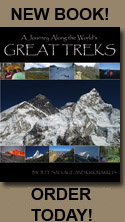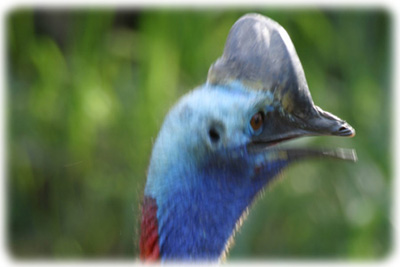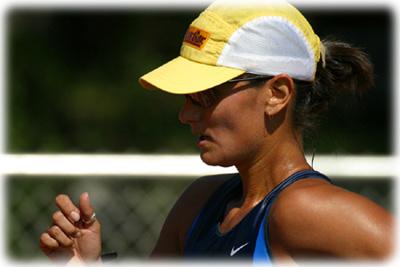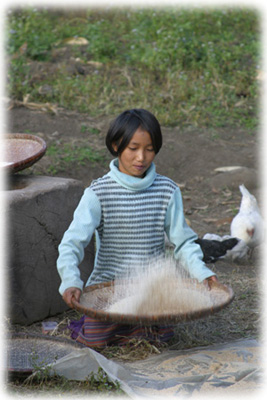 |
 |
FILM SPEED
Why is film
italicized? Why if I am a digital photographer am I even mentioning film speed? Even digital cameras are effected by the dynamics of selecting the proper film speed or as it is now referred ISO equivalent.
Film speed, whether determined by the physical roll placed in a traditional camera or a setting on a digital camera, effects the range of shutter speed and the graininess/noise in the photograph. Here the digital photographer has a distinct advantage in that they can change the film speed setting on every shot.
Ideally, as a photographer you want to use the slowest film possible to capture your image sharply (of course unless you wish to intentionally blur an image).
 |
 |
Observe the picture of the erwy. Unfortunately when I took this photo, I had the film speed of my digital camera set to an ISO of 200. Given the poor lighting conditions, this was not high enough and therefore the resulting photo was blurry. In contrast, the photo of the race walker was taken with the equivalent of ISO 400 on a bright sunny day. Not only was this image super sharp, but other images taken at the same location actually allowed you to read the time on the race walkers watch.
![]()
INTENTIONAL BLURRINESS Using an ISO equivalent of 200 enables the slower moving girl to be sharp while the faster moving rice blurs. |
 |
Personally, I find the ISO equivalents of 100, 200 and 400 to be excellent. 800 is acceptable and useful for low lighting conditions, 1250 and 1600 seem too noisy for my liking and I tend to avoid using them. As camera technology improves higher and higher ISO levels can be set without visible noise being a distraction. Remember, it's not about looking at a photograph zoomed up to 100%, it's about how the image looks at the displayed or printed level. Since most computer screens are <100 dpi (although this is rapidly changing) an image at full resolution on the screen is magnified at about 300% from a typical 300 dpi printout.
|






